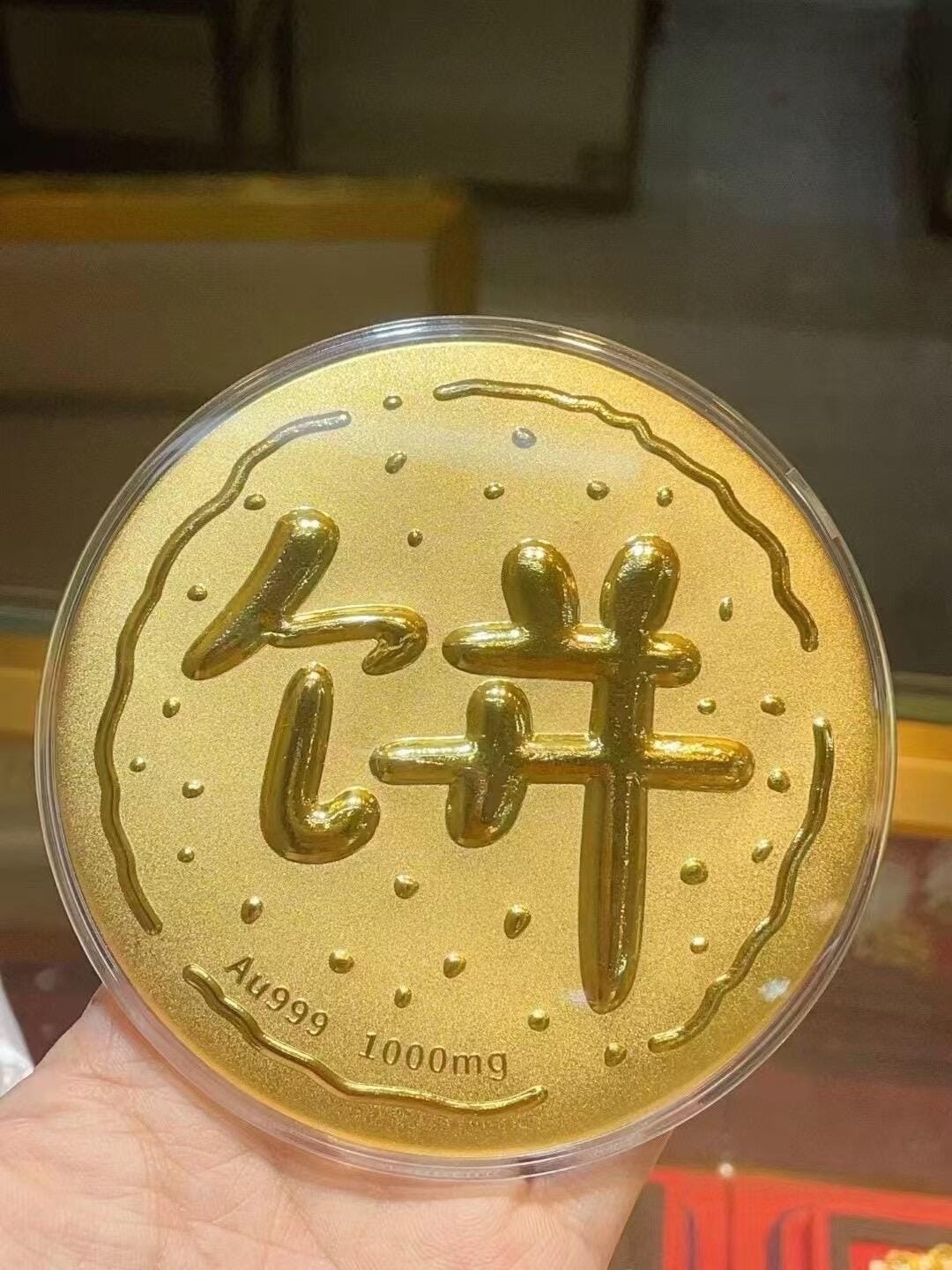Bitcoin skyrocketed to 120,000, and Ethereum reached 4300. By all accounts, the crypto world should be in jubilation, but in reality, it feels quite deserted. The truth is heart-wrenching: a large wave of people have perfectly missed out, and many are still holding on to altcoins they chased after at high prices, with their accounts still in the red.
The root of the problem actually lies in the 'inertial thinking' at play. Over the past two years, the main forces have relied on prolonged fluctuations and repeated sell-offs to wear down retail investors' confidence in ETH. Bitcoin surged from 15,000 to 120,000, while ETH lingered in ups and downs, especially during the big drop in April this year, which led many to believe it was 'done for'. What happened next? When ETH started to rebound from 1400, very few in the market believed in it anymore, and as soon as it rose a bit, people hurriedly sold off. From 1400 to 1800, bearish voices were everywhere; from 1800 to 2800, there were still people shouting about a big drop, and amidst all the skepticism, ETH quietly crept up to 4300.
Many people judge the market just by the current fluctuations, even using past performance to deny the future—thinking that since ETH couldn't outperform BTC before, it surely won't in the future. This is like 'carving a boat to seek a sword', always shackled by past anchors. However, investing is essentially about looking at future potential; those who truly make money are often the ones who quietly position themselves before others even notice.
In this round of market, many people focused on the SOL ecosystem and completely missed the opportunity with ETH. Another group stubbornly held onto altcoins, watching ETH hit new highs while their own coins remained at last year's lows, leading them to wonder: Did I buy the wrong one? Thus, they fell into a new dilemma: Should I sell my altcoins to buy ETH? They feared that after switching, ETH would pull back, and the altcoins would drop even more severely.
In fact, the core issue is not 'whether altcoins are good or not', but whether one can see where the next hotspot is. Before Ethereum took off, there was also a lot of skepticism in the market; many who are currently bearish on altcoins are also shackled by inertial thinking. If one cannot break out of this vicious cycle of thinking, they will repeatedly miss opportunities—those that rise always feel like they got on too late, while those that stagnate always seem too poor.
Investment boils down to solving two things: first, understanding the rhythm of the market, and second, selecting the right sectors and coins with potential. Now that BTC has reached 120,000 and ETH stands at 4300, the best time for low-position layouts has long passed. Going forward, if you want to take low risks for high returns, you need to find the next potential breakout point in advance. Otherwise, when those valuable coins truly take off, you will just be left standing on the sidelines, regretting.



